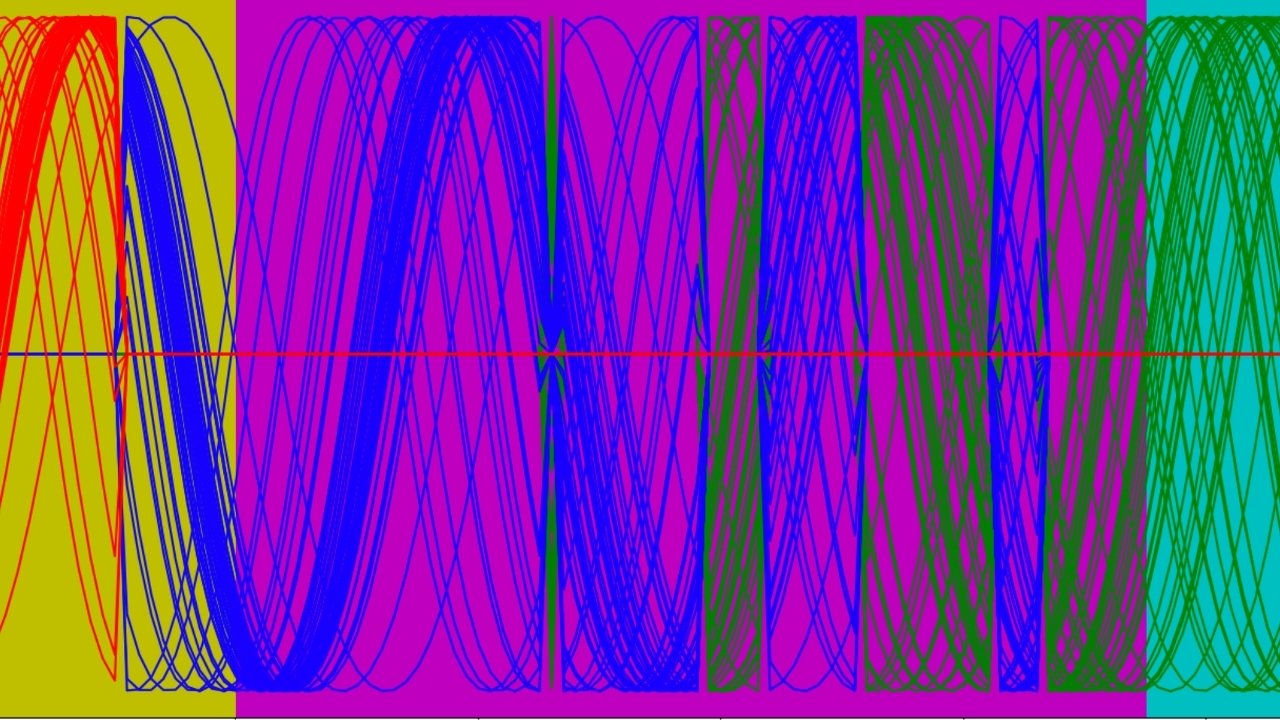
What is the Kuramoto Model? The Kuramoto Model is a mathematical framework used to study synchronization in complex systems. Developed by Yoshiki Kuramoto in the 1970s, it explains how individual oscillators, like clocks or fireflies, can sync up even without a central conductor. This model has applications in various fields, including neuroscience, engineering, and even social sciences. By understanding how synchronization works, scientists can better grasp phenomena like heart rhythms, power grid stability, and even crowd behavior. Kuramoto's work shows that even simple rules can lead to complex, coordinated behavior, making it a cornerstone in the study of dynamical systems.
What is the Kuramoto Model?
The Kuramoto Model is a mathematical framework used to study synchronization in systems of coupled oscillators. It was introduced by Yoshiki Kuramoto in the 1970s. This model has applications in various fields, from neuroscience to engineering.
- The Kuramoto Model was first proposed by Yoshiki Kuramoto in 1975.
- It describes a system of oscillators that interact through a sine function of their phase differences.
- The model is used to understand how synchronization emerges in complex systems.
How Does the Kuramoto Model Work?
Understanding the mechanics of the Kuramoto Model can be fascinating. It involves differential equations and coupling constants that dictate how oscillators influence each other.
- Each oscillator in the model has its own natural frequency.
- The coupling strength determines how strongly oscillators influence each other.
- When the coupling strength exceeds a certain threshold, synchronization occurs.
Applications of the Kuramoto Model
The versatility of the Kuramoto Model makes it applicable in various scientific fields. From biology to physics, its reach is extensive.
- In neuroscience, it helps explain how neurons synchronize to produce brain waves.
- The model is used in engineering to design synchronized networks of oscillators.
- It aids in understanding the synchronization of circadian rhythms in biology.
Mathematical Formulation
The mathematical backbone of the Kuramoto Model involves some intricate equations. These equations help predict the behavior of oscillators in the system.
- The basic equation of the Kuramoto Model is a first-order differential equation.
- The equation includes a term for the natural frequency of each oscillator.
- Another term in the equation accounts for the coupling between oscillators.
Real-World Examples
The Kuramoto Model isn't just theoretical; it has real-world applications that demonstrate its utility.
- Fireflies synchronizing their flashing patterns can be explained using the Kuramoto Model.
- The model helps in understanding how pacemaker cells in the heart synchronize to maintain a steady heartbeat.
- It is used to study the synchronization of power grids to prevent blackouts.
Challenges and Limitations
While the Kuramoto Model is powerful, it has its limitations. Understanding these can help in refining the model for better accuracy.
- The model assumes all-to-all coupling, which may not be realistic in some systems.
- It doesn't account for time delays in the interaction between oscillators.
- The model is less effective for systems with a large number of oscillators with widely varying frequencies.
Advanced Variations
Over the years, researchers have developed advanced variations of the Kuramoto Model to address its limitations and expand its applicability.
- The Sakaguchi-Kuramoto Model includes a phase-lag parameter to account for time delays.
- The Kuramoto-Sivashinsky equation is a variation used in fluid dynamics.
- The Kuramoto Model with inertia includes an additional term to account for the inertia of oscillators.
Synchronization Phenomena
Synchronization is a fascinating phenomenon that the Kuramoto Model helps to explain. This section delves into some specific synchronization phenomena.
- The model explains how metronomes placed on a common platform can synchronize their ticking.
- It helps in understanding the synchronization of applause in large audiences.
- The model is used to study the synchronization of coupled lasers in optics.
Computational Simulations
Computational simulations play a crucial role in studying the Kuramoto Model. These simulations help visualize and predict the behavior of oscillators.
- Simulations can show how synchronization emerges over time in a system of oscillators.
- They help in studying the effects of varying coupling strengths on synchronization.
- Computational models can include additional factors like noise to make the simulations more realistic.
Future Directions
The Kuramoto Model continues to evolve, with researchers exploring new directions to enhance its applicability and accuracy.
- Researchers are exploring the use of the model in understanding social synchronization phenomena like crowd behavior.
- The model is being adapted to study synchronization in quantum systems.
- Future research aims to integrate machine learning techniques to improve the predictive power of the Kuramoto Model.
The Kuramoto Model's Impact
The Kuramoto Model has reshaped how scientists understand synchronization in complex systems. From neural networks to power grids, its applications are vast and varied. This model's simplicity allows researchers to tackle intricate problems with a straightforward approach. By examining how individual oscillators sync up, we gain insights into larger, more complex behaviors.
Understanding the Kuramoto Model isn't just for academics. Its principles can be seen in everyday life, like how fireflies flash in unison or how crowds move together. This model bridges the gap between theory and real-world phenomena, making it a cornerstone in the study of dynamical systems.
So, next time you see a flock of birds moving as one or a group of people clapping in rhythm, remember the Kuramoto Model. It's a reminder of the hidden patterns that connect us all.
Was this page helpful?
Our commitment to delivering trustworthy and engaging content is at the heart of what we do. Each fact on our site is contributed by real users like you, bringing a wealth of diverse insights and information. To ensure the highest standards of accuracy and reliability, our dedicated editors meticulously review each submission. This process guarantees that the facts we share are not only fascinating but also credible. Trust in our commitment to quality and authenticity as you explore and learn with us.
